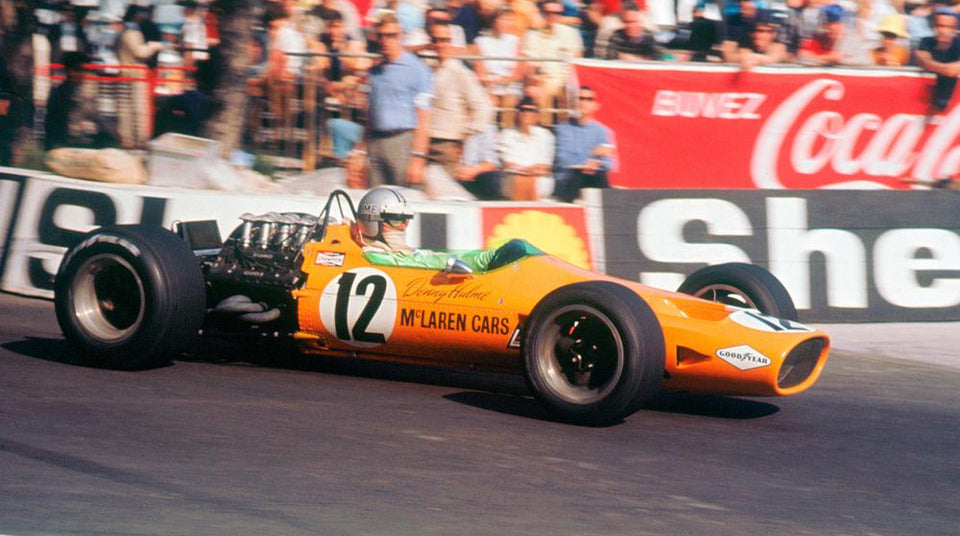Ahead of the Pack: The Monaco Grand Prix

When the first Monaco Grand Prix took place in 1929, it created something new: a motor-sport event that is about so much more than cars racing around a track.
For a start, Monaco does not actually have a racetrack – at least not for the rest of the year. The circuit is made up of public roads running around Monte Carlo, the main resort and residential area of the tiny independent state that covers less than a square mile of land just up the coast from the French city of Nice.
The principality has long been a magnet for glorious excess, with casinos, fancy hotels and a beautiful cliff-lined harbour drawing in movie stars and business moguls, who come to party and then keep coming back to enjoy the benefits of Monaco's tax-haven status. The arrival of the Grand Prix took the Monaco scene to another level. The race quickly became an important part of the racing calendar, ranked alongside the Grand Prix competitions held in major European nations, and it also became an important part of the social calendar, a place to be seen, rather than just spectate.
Monaco is normally home to around 38,000 people, which makes it the most densely populated country in the world. That number quadruples on race week in May, meaning that space is at even more of a premium – just getting around is hard enough, let alone finding a vantage point from which to watch the race. At other Grand Prix circuits the best seats are generally in the stands or, if you are lucky, in a corporate box. At Monaco however, it is even better to secure entry to a well-positioned locale such as the terrace at the Hôtel de Paris or the viewing balcony at La Rascasse bar. Or, to get the full Monaco experience, you can watch the race from a yacht in the harbour, smelling the cars as they scream past just yards from the water.
Nothing captures that like the mid-1970s image of a shirtless James Hunt enjoying a post-race drink and a cigarette, with the Monaco harbour in the background.
But even without the magnificent backdrop of mega yachts and high-rollers, the Grand Prix is a fascinating race in itself. Monaco is an incredibly challenging circuit, with a narrow track that leaves little margin for error. Overtaking is extremely hazardous and there are many places where any driver can come unstuck – like when you emerge at speed from a dimly lit tunnel and hit the glaring Mediterranean sun just as you try to compose yourself for a tricky chicane.
With spectators so close to the action, and a circuit full of real-world hazards, Monaco is like racing from another era, when things were more raw and carefree. Nothing captures that like the mid-1970s image of a shirtless James Hunt enjoying a post-race drink and a cigarette, with the Monaco harbour in the background. It is this era of the dashing heroic driver that Turnbull & Asser takes as inspiration for its spring/summer 2017 collection ‘Velocity’, a tribute to 1970s Monte Carlo.
There have been many epic battles on the track over the years, such as that in 1992 when Ayrton Senna skillfully held off a much faster Nigel Mansell to claim the fifth of a record-breaking six wins at Monaco. Every year, Monaco is the most eagerly anticipated race of the Formula 1 season. It is a race that generates so much buzz, even among people who might not consider themselves motor-racing fans. If they do manage to tear their eyes away from the beautiful people long enough to watch the race, they may just find themselves hooked.



